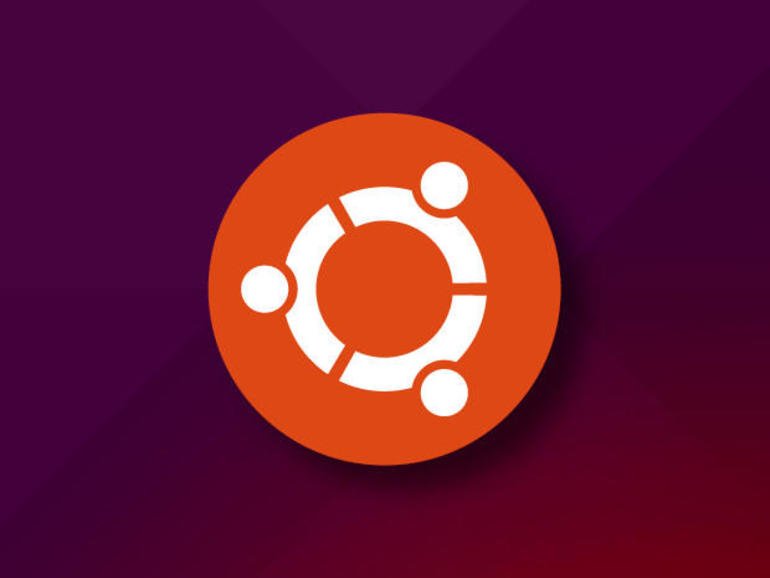Introduction to The Ubuntu, Linux Distribution

In this article, we’re going to talk about a bunch of unique stuff that makes Ubuntu special, unique, and different from other Linux distributions.
What is Ubuntu and Its Origin
A brief history lesson about Ubuntu. Don’t worry it’s this is not a history class. “Ubuntu” is a tough word to describe, it is an African word that means “humanness”, or to be human. So anyway, if you want to know how to pronounce it, just say, “oo” – “bun” – “too”, that’s how. Ubuntu is Debian-based which means it started with Debian and then modified it added to it changed some things. Many people say they just stole Debian and repackaged it and now they get all the glory. This is not entirely true, more than any other company or any other developer, Ubuntu does things and then submits them to Debian. The underlying Debian system benefits from all those modifications.
The Evolution Of Ubuntu
Ubuntu started as a desktop-only distribution, it had a Graphical User Interface as they designed it to be Linux for the masses, Linux for humans. It turned out that the system was so slick, and worked so well, that people thought it would make a really great server, as well as a desktop. They started rolling out both versions. The server had no Graphical User Interface; it was just text-based. It was also slightly different but worked better for these server environments.
Version Naming in Ubuntu
Let us now talk about the version naming scheme of Ubuntu releases. This not preparing you for any sort of certification exam. It is just for your general knowledge. As of April 2013, the version of Ubuntu was 13.04. 13 stands for the year 2013, while 04 stands for the month of April. As you see you can tell when the version was released, based on the version number. Another version naming scheme is an adjective, followed by an animal name. They should both have the same first letter. For example, version 13.04 was called, “raring ringtail”. And what good does that do? Nothing, other than have a really cool name, along with the cool numbering scheme to go along with it.
Ubuntu Variants
As we mentioned earlier Ubuntu took Debian, made it more user-friendly, easy-to-install the OS and applications on computers in general, it also had hardware detection improvements etcetera. Ubuntu is the official operating system, but it has a bunch of official variants. In the Ubuntu family, we have different variants. These are the main ones, we have Lubuntu which is the LDXE environment; we have Xubuntu which uses Xfce as its desktop manager. We have Kubuntu which uses KDE. Edubuntu is designed to work in an educational environment. Ubuntu studio which is designed for creating videos and pictures etcetera. These are official Ubuntu variants there’s probably a bunch of non-official ones. Linux Mint which you may have heard of. Linux Mint takes from Ubuntu but also has a version that directly comes from Debian so depending on the version of Linux Mint it is based on Debian, or it is based on Ubuntu. CrunchBang Linux originally started as a brunch of Ubuntu, but then they decided to abandon and go directly from Debian. Just a trivia, Lubuntu started out as a non-official derivative, and then Ubuntu Canonical (the name of the company behind Ubuntu) adopted it as an official variant.
Synopsis Of Ubuntu’s Default Configuration
Ubuntu uses the Deb package management system or you may think of this as the apt-get system. This is how it manages its official packages and even its unofficial packages. This is the system we use for installing demons, tools, or libraries into the system, that is, if you will not do the whole download source and compile. It does not have a root password by default by design there is no root password. If you install a system like Centos which is based on the other popular RPM-based distributions, you’ll notice that you actually install a root password. However, in Ubuntu there is no password it’s only by using sudo you gain access to root abilities. So, sudo is how you get root power in Ubuntu. This differs from things like Centos.
In RPM-based distributions, there are configuration files in the etc/sysconfig folder and this is the repository for which we put a bunch of different configurations. This is not there in Ubuntu, in Ubuntu, there is something similar but it’s in the, etc/default folder. If you’re a Linux person, you know that the etc directory contains a lot of configuration files for lots of programs but for some reason, they bunch a lot of things in one folder, in RPM-based it is often, etc/sysconfig. In Ubuntu, it’s going to be etc/default, so that’s where you should go if you are looking for some rudimentary default settings for most of the things installed in our system.
Longtime Support (LTS) vs non-LTS in Ubuntu, Which one Should You use?
Ubuntu releases two versions per year the releases almost always happen in April and October. However, there is one time back in 2006 for that didn’t happen. But generally, it’s always in April and October…April and October …April and October.
I want to talk about non-LTS vs LTS. LTS stands for long-term support. The Non-LTS version is supported for 9 months. However, if a release is deemed a long-term support version, then it’s supported for 5 years. It is important to know this now because this wasn’t that way before, this is a recent change. Non-LTS used to be supported for 18 months. On the other hand, longtime support for the desktop version was supported for three years and the server version was supported for five years.
Which one Should You use? LTS or non-LTS
How do you know if it is LTS or non-LTS? Well, the documentation will be pretty clear when you’re downloading it. As it happens, LTS usually come out every two years. So if 10.04 is LTS then 12.04 and 14.04 etc, will be LTS. However, this is never promised until the time is coming close for release. So that means right now on a server you don’t want to have a brand new version every six months, it’s a real pain. intermediary versions are not only are only supported for 9 months, but these packages tend to be a little less stable. If you install Ubuntu on a server, it is highly recommended to use an LTS, version. For example, if it’s 2013, and that means that yeah sure there may be a non-LTS released in 2014. However, if you had pre-installed 12.04, assuming this version is LTS, the LTS version is going to be supported until 2017, so you don’t have to worry if other new ones are released, since you are guaranteed full support until 2017.
Conclusion
Because it’s being supported for a longer time, LTS versions tend to be more stable than non-LTS, for server installations. That said, for desktop installations, it is not really critical, whether you install either an LTS or a non-LTS release at any given time.



